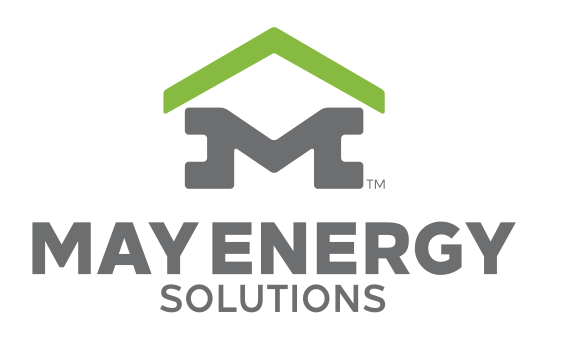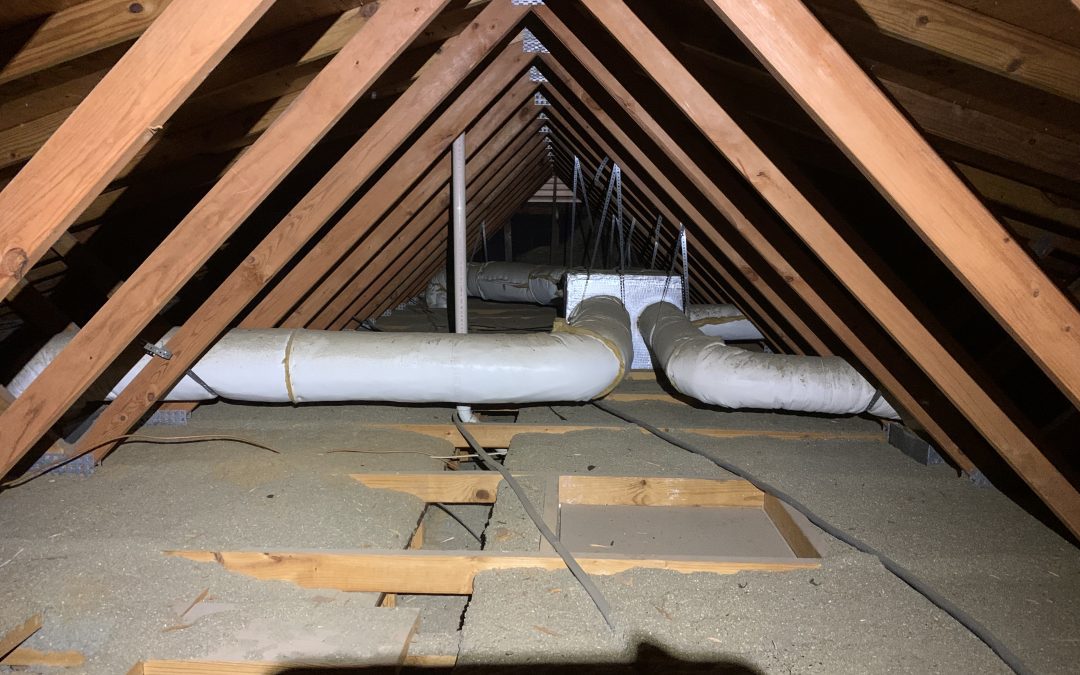Poor attic insulation allows substantial heat loss, especially during the colder months when warm air naturally rises and seeps right out of your roof structure. This forces heating systems to operate more frequently and at higher intensities, leading to increased utility bills, inconsistent indoor temperatures, and accelerated HVAC system wear.
The solution? Hire an insulation company near you to upgrade your attic. With the right materials and installation, you can keep warmth where it belongs—inside your living space. Let’s break down how it works and why it matters.
Understanding Heat Loss
Heat loss refers to the transfer of thermal energy from a warmer space (e.g., the interior of a building) to a cooler one (e.g., the external environment). This process is governed by the second law of thermodynamics, which states that heat naturally flows from areas of higher temperature to those of lower temperature. In residential structures, one of the most significant areas of heat loss is the attic. This is due to both the physical properties of heat and the typical construction of buildings.
Why Attic Insulation Matters
Heat rises — this fundamental principle of physics is known as convection, and it’s especially appropriate in colder seasons, which play a significant role in colder months. Warm air from your heating system naturally moves upward. Due to inadequate or insufficient insulation, the attic can become a significant source of heat loss in homes. This phenomenon is called the stack effect. As warm air escapes through the attic, it creates lower pressure inside the house, drawing in cold air through lower openings such as doors, windows, and vents. This constant exchange means your heating system must work harder to maintain a consistent indoor temperature, leading to higher energy bills and unnecessary strain on HVAC systems.
Types of Insulation for Your Attic
Fiberglass Insulation
This type of insulation is most commonly used in residential and commercial buildings. Fiberglass is made from extremely fine glass fibers and is designed to slow the spread of heat, cold, and sound. It has an R-value of about 3.0 to 4.0 per inch, providing a solid barrier against heat loss. It works by trapping pockets of air between the fibers, which reduces the rate at which heat transfers through a surface. The insulation is available in several forms:
- Batts and Rolls – Pre-cut panels that fit between standard wall studs and joists.
- Loose-Fill or Blown-In – Small particles blown into attics or wall cavities for coverage in hard-to-reach areas.
- Rigid Board – Used in specific applications such as duct insulation or basement walls.
Cellulose Insulation
Cellulose is a plant-based insulation material made primarily from recycled paper products, typically up to 85% recycled newsprint, treated with fire-retardant chemicals like borate. It is widely recognized for its sustainability, thermal performance, and effectiveness in filling irregular or hard-to-reach spaces. Cellulose is typically blown or sprayed into walls, attics, and floor cavities using specialized equipment. This allows it to conform to gaps, crevices, and around obstructions, providing a dense thermal barrier.
Types of Cellulose Insulation
- Loose-Fill (Dry) – Common in attics; blown in and settles into place.
- Dense-Pack – Installed into wall cavities for deep coverage and air sealing.
- Spray-Applied (Wet-Spray) – Used in new construction; sprayed with a small amount of moisture to activate the adhesive incorporated in most modern cellulose insulation which allows it to stick to vertical surfaces.
Spray Foam Insulation
It is a high-performance insulation material made by mixing and reacting unique liquid components (typically isocyanate and polyol resin) that expand on contact to form a rigid or semi-rigid foam. It creates an airtight, moisture-resistant, and energy-efficient seal, making it ideal for modern, high-efficiency homes. It is applied using a special pump, heated hose and nozzle system. Once sprayed, it expands to fill cracks, gaps, and cavities, then hardens into a solid barrier. This not only reduces heat transfer but also eliminates air infiltration and moisture intrusion — two of the biggest causes of energy loss and structural damage in buildings.
Types of Spray Foam Insulation
Open-Cell Spray Foam
- Lightweight and spongy in texture
- R-value: ~3.5–3.8 per inch
- Allows some moisture permeability
Closed-Cell Spray Foam
- Denser and more rigid
- R-value: ~6.0–7.0 per inch
- Acts as a vapor barrier
What is Air Sealing
A large portion of the air that escapes from your living space to your attic does so through penetrations in the drywall for electrical outlets, switches and ceiling fixtures as well as penetrations for plumbing or HVAC. Homes built today are required to seal those leak paths and limit the air leakage as specified in the building codes. Air leakage in older homes that were built before these requirements were in place can account for up to half of the winter heat loss. If you are upgrading the fiberglass or cellulose insulation in an older home, it is recommended to have the air leakage checked and the leaks sealed as necessary.
Why Consider Professional Installation
Proper attic insulation is only effective when installed correctly, which is why partnering with a certified professional is a wise investment. At May Energy Solutions, we begin by evaluating your attic’s specific needs—whether you require fiberglass, cellulose, or spray foam—and recommend the ideal insulation and/or air sealing according to your needs, goals and budget. Our team of experts guarantees that every inch is properly sealed and insulated using industry-leading techniques and state-of-the-art tools such as blower doors, thermal cameras, and more.
Make Your Home Energy Efficient Today!
Attic insulation may not be the most glamorous home improvement project, but its impact on energy efficiency and comfort makes it one of the most rewarding. If you’re unsure where to start, consult professional insulators near you at May Energy Solution to assess your attic’s current insulation. Contact May Energy Solutions at 8303587112 to schedule your home energy evaluation today!

